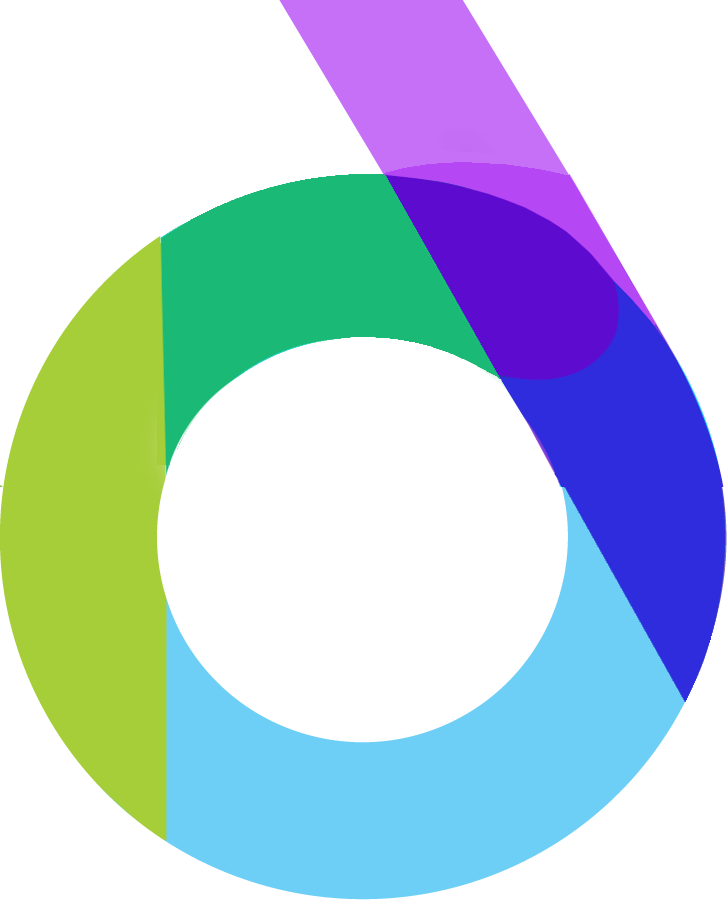blog

Posted On Thursday, June 19, 2025
Author: Donna Watson (Technical Support Administrator)
Ever wondered what makes a job application page so smooth that candidates can’t resist clicking “Apply Now”? That’s the magic of interaction design (IxD)—a field that’s all about making digital experiences intuitive, engaging, and downright irresistible.
And just like in recruitment, where a great process keeps candidates from ghosting, interaction designers create digital interfaces that keep users from bouncing faster than a job-seeker who just saw “unpaid internship” in the job description.
So, how do you break into this high-demand field? Grab a notepad (or, let’s be real, just keep scrolling), and let’s dive in!
Imagine you’re a recruiter setting up a hiring process. You want candidates to:
✅ Find your job posting easily
✅ Move seamlessly through the application
✅ Stay engaged instead of abandoning the process halfway
That’s exactly what interaction designers do—except instead of candidates, they focus on users navigating digital interfaces.
Interaction design sits at the intersection of UX (user experience) and UI (user interface) design. It’s not just about making things look pretty; it’s about understanding human behavior and crafting an interface that guides users effortlessly to their goal—whether that’s submitting an application or signing up for a product.
Great recruiters don’t just throw job ads out there and hope for the best. They analyze data—how many applicants start but don’t finish? Which job boards bring in the best talent?
Similarly, interaction designers don’t just guess how users behave. They study psychology, user testing, and behavior analytics to predict how people will interact with a website or app.
Before designing an interface, they ask:
🔹 What’s the main action users need to take?
🔹 What roadblocks could stop them?
🔹 How can the design guide them smoothly to their goal?
Recruiters do the same thing when optimizing a hiring process. Long, clunky applications? High drop-off rates. Confusing navigation? Candidates give up and apply elsewhere.
Lesson: Understand behavior first, design second.
A recruiter without a LinkedIn profile? Unthinkable.
An interaction designer who can’t design interfaces? Just as bad.
To succeed in IxD, you’ll need to get comfy with design tools like Photoshop, Sketch, Figma, or Adobe XD. You’ll also need to understand design principles like:
🎨 Color psychology – Why do “Apply Now” buttons pop in orange?
🔤 Typography – Why does bad font choice make a site feel cheap?
📏 Whitespace & layout – Why do some pages feel cluttered while others are sleek?
Start practicing by designing mock job portals, sleek career pages, or easy-to-use application flows—these real-world projects will look great in your portfolio.
Would a recruiter hire someone without an interview? Of course not.
Would a designer launch a website without a prototype? Absolutely not.
Wireframing is like writing a job description—it outlines the structure before diving into details. Tools like Balsamiq, Figma, or InVision help designers sketch out user flows before finalizing the visuals.
Key takeaway: Every great interface starts with a plan—just like every great hire starts with a solid hiring process.
Ever notice how a well-designed job portal just feels smooth? Maybe the “Submit Application” button pulses slightly, or the page loads with a sleek transition.
That’s interaction design + animation at work.
Modern interfaces use microinteractions—subtle animations that guide user behavior and make digital experiences feel natural.
Some must-know tools:
🎬 After Effects – Great for professional-level animations
📱 Principle – Ideal for designing sleek UI animations
⚡ Lottie – Helps embed lightweight animations in websites
You don’t need to be the next Pixar animator, but knowing basic UI animation will make you stand out like a recruiter who actually responds to every candidate.
In recruitment, AI-driven screening, remote hiring, and skill-based assessments are reshaping the industry.
In interaction design, AI-driven UX, voice interfaces, and augmented reality are changing how people interact with digital products.
To stay ahead, keep learning. Follow design blogs, take online courses, and build side projects to sharpen your skills.
Here are some great places to start:
📌 Google UX Design Course
📌 Interaction Design Foundation
📌 Coursera’s UI/UX Courses
Both recruiters and interaction designers share the same goal: creating a smooth, frustration-free experience for their audience—whether that’s a job seeker navigating an application or a user browsing a website.
By mastering user psychology, interface design, and interactive animations, you can craft digital experiences that work like a well-oiled hiring process—efficient, engaging, and leading users exactly where they need to go.
So, ready to design the perfect candidate experience? Start by designing the perfect user experience—one interaction at a time.